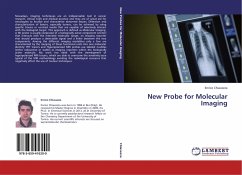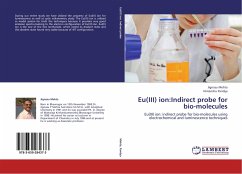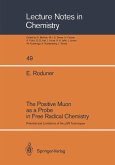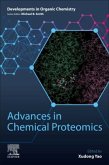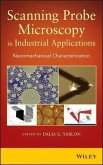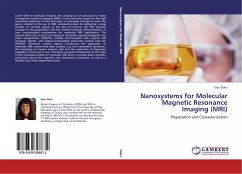Nowadays, imaging techniques are an indispensable tool in cancer research, clinical trials and medical practice and they are of great aid for oncologists to localize and characterize abnormal tissues. Detection and characterization of lesions, especially tumors, can be achieved by using specific tracers or contrast media that are capable of selectively interact with the biological target. This approach is defined as Molecular Imaging. A MI probe is usually composed of a biologically active component (vector) that interacts with the intended molecular target, an imaging reporter that should produce a detectable signal and a linker between the two components. Among the different imaging modalities only a few are characterized by the merging of these functional units into one molecular identity: PET tracers and Hyperpolarized MRI probes use labeled nuclides (either radioactive or stable) as imaging reporters within the biologically active molecule. My work has dealt with the development of hyperpolarized MRI tracers, which are able to overcome the sensitivity issue typical of the MRI methodology avoiding the radiological concerns that negatively affect the use of nuclear techniques.

